As an environmental educator, one of the lessons I try to teach my students is how important it is to keep pushing yourself and to keep learning. A lot of us here at High Trails like to do this by listening to informative podcasts in our free time.
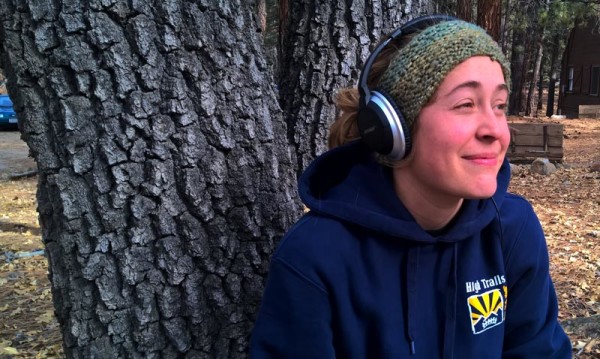
 Recently, I was excited to find that one of my favorite podcasts (called Stuff You Should Know for any of you other lifelong learners!) released an episode relevant to my teaching here called “Geothermal Energy: Earth’s Gift to Mankind.”
Recently, I was excited to find that one of my favorite podcasts (called Stuff You Should Know for any of you other lifelong learners!) released an episode relevant to my teaching here called “Geothermal Energy: Earth’s Gift to Mankind.”
Environmental Awareness, one of our most popular classes, lets us talk about different sources of electricity with our students. I’ve never felt completely confident talking about geothermal energy before, so I’m excited to report that I now feel knowledgeable enough to make our class discussions even better. The following is what I learned from Josh and Chuck.
Did you know:
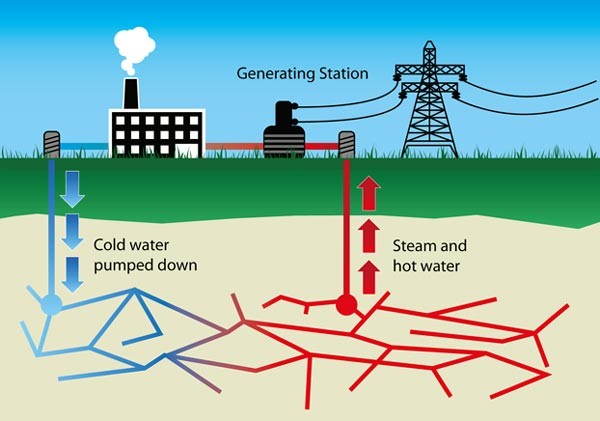 Why geothermal energy?
Why geothermal energy?
Geothermal energy is heat energy that is found in the earth and soil. In nature, this is the energy that melts rocks to create magma, powers volcanoes, superheats water to create geysers, and heats water for hot springs. Large and small heat reservoirs can be found all over the world.
In fact, in the first ten kilometers below the earth’s surface, there is 50,000 times more energy than all the oil and natural gas energy reserves in the entire world. That’s a lot! Plus, geothermal energy at the surface of the earth replenishes itself. So why did geothermal energy contribute to less than 0.1% of energy production in 2012?
Did you know:
Energy VS Electricity
As humans, we need energy to create electricity. So, let’s do a quick re-cap of how the modern world creates electricity today. No matter what kind of resource is making the electricity, it’s all about turning turbines. Whether it’s from oil, coal, natural gas, or nuclear reactors, the technology is pretty much the same. The fuel source is burned to create heat to boil water. The steam from the boiling water turns a turbine which creates electricity. Ta da! But if all these sources are just used to heat water, why not start with naturally heated water? Geothermal energy production literally cuts off multiple steps of this process!
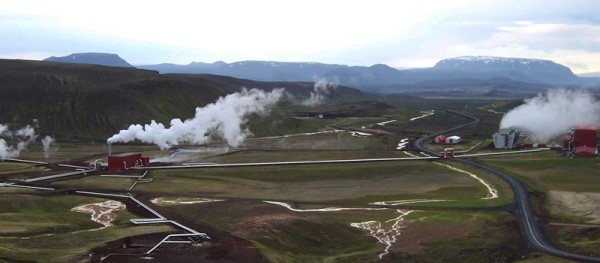
An energy producing facility in Iceland.
Did you know:
So how can we use more of this?
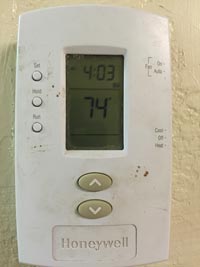 While most areas in the world have great stores of heat energy, not all of them have quite enough energy to steam water directly. Luckily, there are other ways heat can be used. If the heat energy only rates to 150-300 degrees Fahrenheit, some power plants heat a liquid other than water with lower boiling points to create steam for the turbines.
While most areas in the world have great stores of heat energy, not all of them have quite enough energy to steam water directly. Luckily, there are other ways heat can be used. If the heat energy only rates to 150-300 degrees Fahrenheit, some power plants heat a liquid other than water with lower boiling points to create steam for the turbines.
In lower geothermal active areas, heat can still be useful without creating steam. Some homeowners can pipe warm underground water right into their houses, sinks, and showers. In areas with extreme high and low temperatures, homeowners can also use a closed loop of pipes between their home and underground (with a simple heat pump) to create a consistent moderate temperature between 50 and 60 degrees. This method has been shown to reduce heating and cooling costs dramatically.
Did you know: 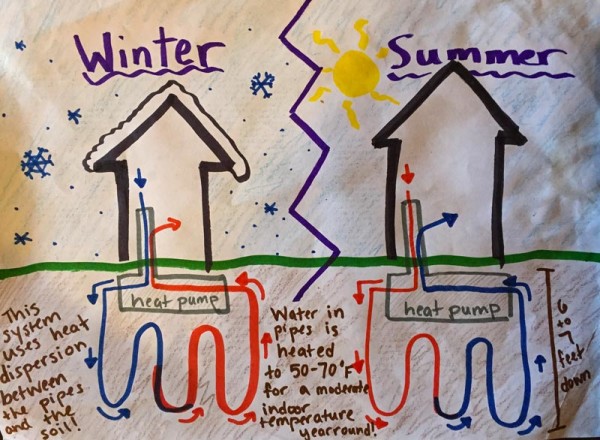
Geothermal Fracking?
 Out of all the types of natural heat energy I learned about, my least favorite kind is the enhanced geothermal energy production method. This method used cracking techniques to shoot water into hot bedrock to create steam. While this does create electricity effectively, it also seems to turn a relatively clean source of energy into a controversial one. Fracking techniques have been linked with creating seismic instability and with polluting fresh groundwater sources. 1
Out of all the types of natural heat energy I learned about, my least favorite kind is the enhanced geothermal energy production method. This method used cracking techniques to shoot water into hot bedrock to create steam. While this does create electricity effectively, it also seems to turn a relatively clean source of energy into a controversial one. Fracking techniques have been linked with creating seismic instability and with polluting fresh groundwater sources. 1
So what does this all mean?
Is geothermal energy perfect? No. It does emit some sulfur dioxide (a greenhouse gas) along with a slightly eggy smell for a short distance. Some closed loop steam plants that recycle their water can introduce salt and metals into the ground.
BUT, geothermal energy plants use less space and less water while creating less noise and less pollution.
So, my ending question is this: why is no one else as excited about or geeking out on this as much as I am?
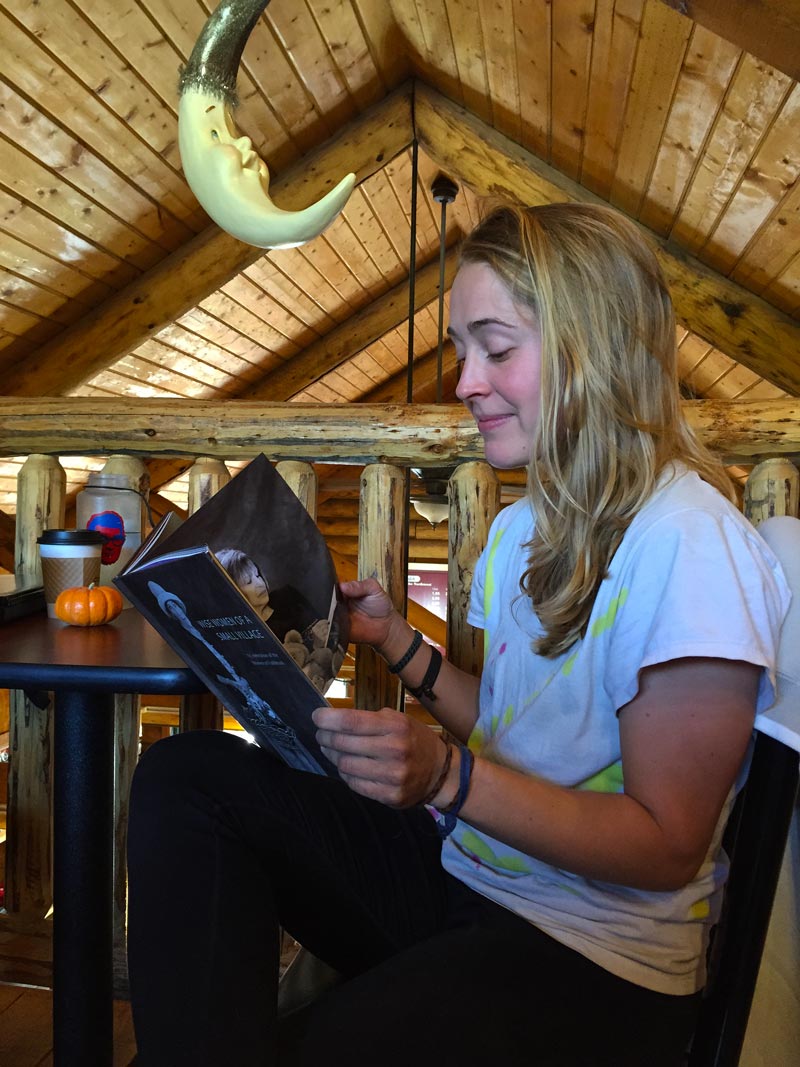
At High Trails Outdoor Science School, we literally force our instructors to write about elementary outdoor education, teaching outside, learning outside, our dirty classroom (the forest…gosh), environmental science, outdoor science, and all other tree hugging student and kid loving things that keep us engaged, passionate, driven, loving our job, digging our life, and spreading the word to anyone whose attention we can hold for long enough to actually make it through reading this entire sentence. Whew…. www.dirtyclassroom.com
- http://www1.eere.energy.gov/geothermal/pdfs/evaluation_egs_tech_2008.pdf ↩

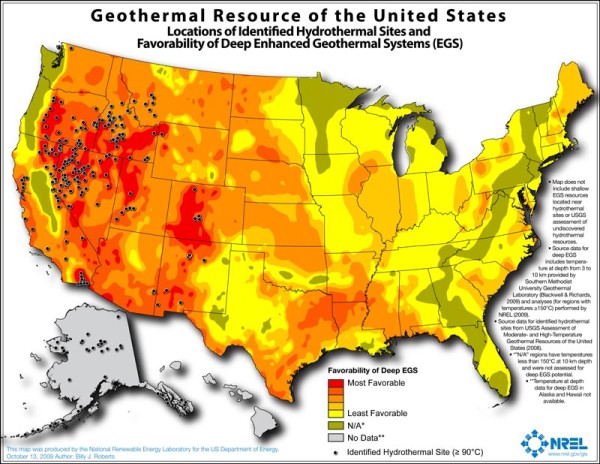
Comments are closed.